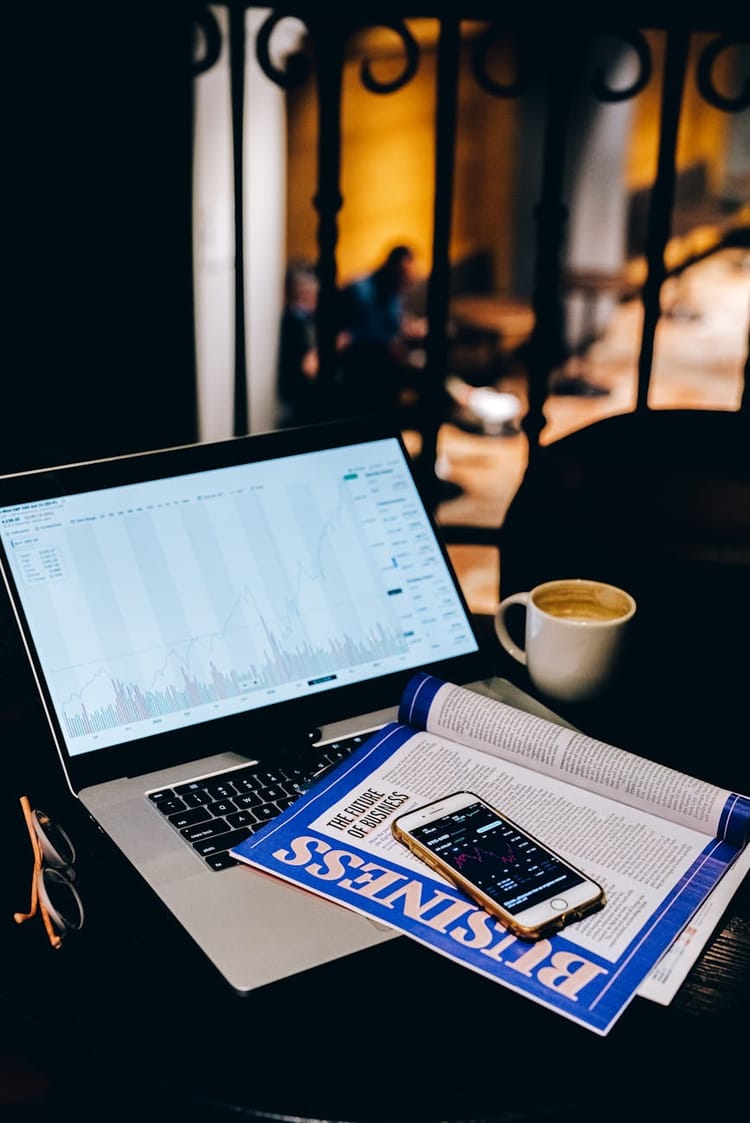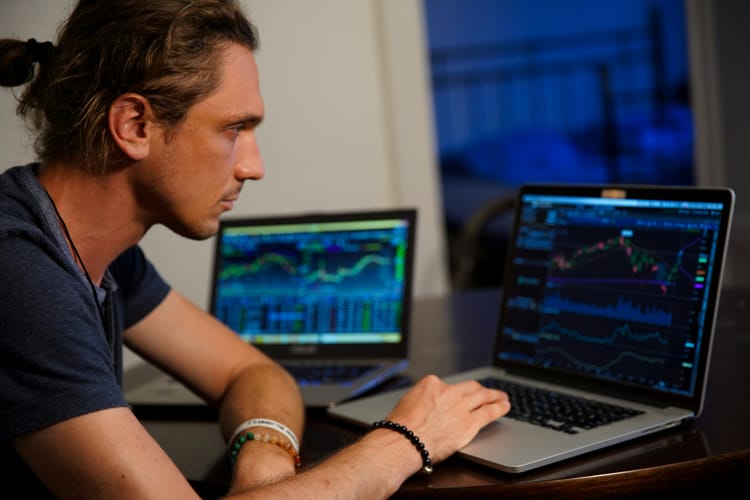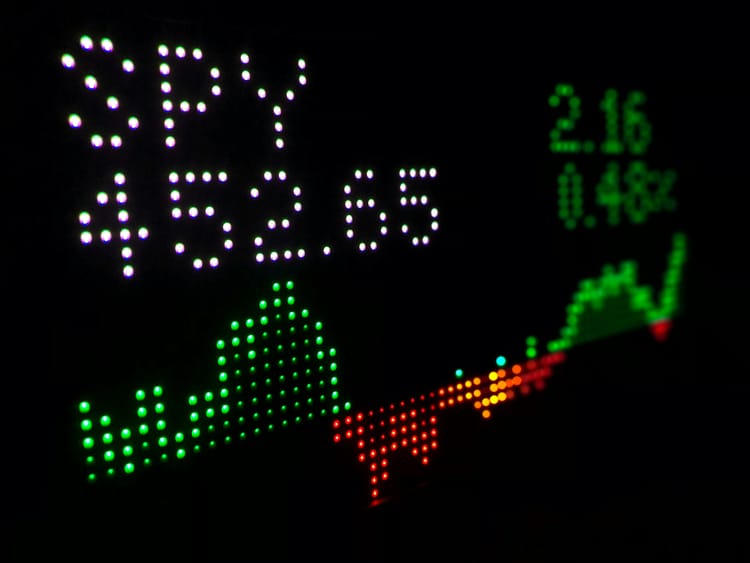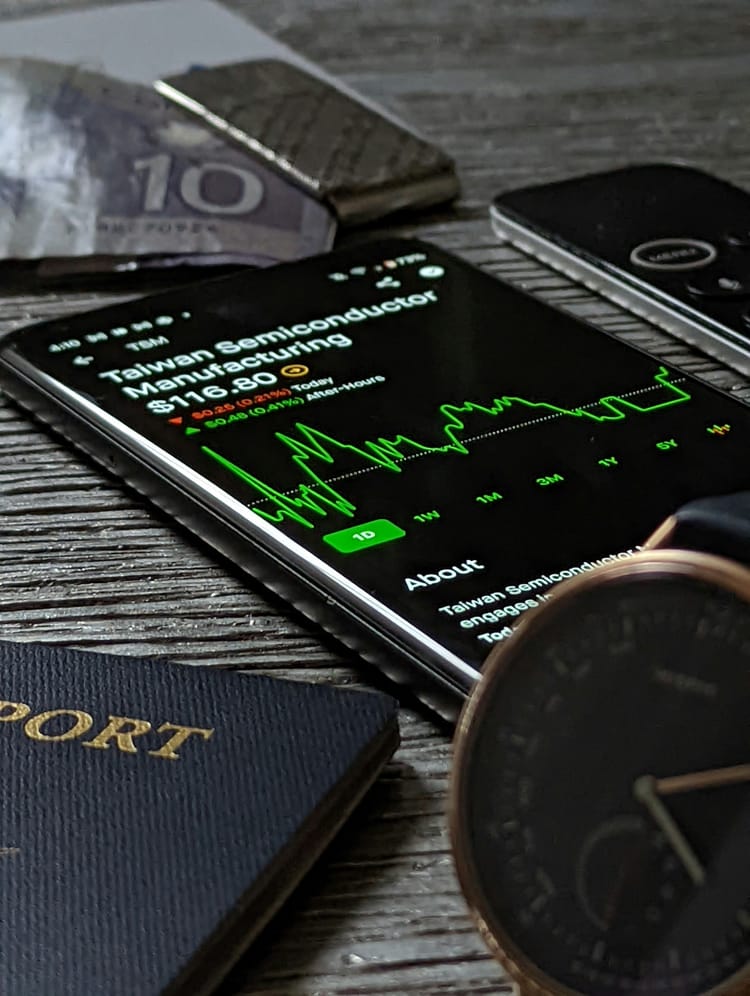Psychological Pitfalls in Trading: Historical Case Studies

Have you ever wondered why emotions, seemingly irrational decisions, and impulsive reactions frequently sabotage the best-laid trading strategies? How does this collision of intuition and strategy happen?
As traders, we know that we must keep our psychology in check when executing any trade, but why do we sometimes need to remember this and make that impulsive decision that destroys our well-thought-out strategies? To answer this, we must appreciate that in trading, achieving success doesn't solely rely on being market savvy. It's equally important to master those hops between numbers and human nature to make informed decisions.
You know what? Each trade is a heartbeat, pulsating with potential and uptight with peril. It's not just about numbers on a screen; it's about navigating the complexities of our minds.
In the blog below, we will try to understand how we can identify these pitfalls of psychology and how we can tackle them.
1. Overconfidence: The Pitfall of Overestimating Abilities
As someone rightly said;
"Overconfidence is the mirage in the desert of trading, enticing you with illusions of invincibility."
Overconfidence is one of the most pervasive psychological pitfalls traders often deal with. This cognitive bias, rooted in human nature, can lead to costly errors and substantial losses if left unchecked. Overconfidence is the tendency to overestimate one's trading abilities, often coupled with an unwarranted belief in the accuracy of one's market predictions. It can manifest in various ways, from underestimating risks to overtrading and ignoring warning signs.
Overconfidence may initially appear as self-assurance, a trait seemingly advantageous in a field where decisiveness is essential to success. After all, successful trading requires confidence in one's strategies. However, the danger lies in the transition from self-assuredness to overconfidence. As traders experience wins and positive outcomes, they may start attributing these successes solely to their trading skills, disregarding the role of chance and market unpredictability.
Case of Nick Leeson:
One of the most notorious examples of a trader's overconfidence is the case of Nick Leeson, a derivatives trader at Barings Bank, in the 1990s. Leeson, based in Singapore, was responsible for trading and risk management. Over time, he began to engage in highly speculative trades, thinking he possessed an exceptional ability to predict market movements. Leeson's overconfidence led him to hide losses in an unauthorized trading account while continuing to take excessive risks.
Leeson's overestimation of his abilities came crashing down when a series of unfavorable market events occurred. He suffered massive losses that ultimately led to the collapse of Barings Bank, one of the world's oldest and most respected financial institutions. This example illustrates how a trader's overconfidence can lead to catastrophic consequences for their financial well-being and the companies they work for.
Case of LTCM:
Another lesson from the history at the organizational level is LTCM. In the late 1990s, LTCM, a highly prestigious hedge fund led by two Nobel laureates in economics, Myron Scholes and Robert Merton, appeared to be an unstoppable force in finance. The firm's mathematical models and trading strategies were considered groundbreaking and consistently generated enormous profits. LTCM's success fueled a culture of overconfidence within the organization, with its leaders believing they had found the secret to limitless wealth.
However, their overconfidence was shattered in 1998 when global financial markets experienced significant turbulence. A series of unexpected events, including the Russian financial crisis and the default of the American energy company Enron, caused severe disruptions in the financial world. LTCM's highly leveraged positions left them vulnerable to these market shocks. Despite their immense intellect and prior successes, their models needed to account for the complexity and interconnectedness of these real-world events.
As a result, LTCM faced catastrophic losses, requiring an emergency bailout by major financial institutions and central banks to prevent a broader financial crisis.
The fall of LTCM shows us that even the most brilliant minds in finance can succumb to overconfidence and underestimate the risks in an ever-changing financial landscape.
2. Loss Aversion: The Fear of Taking Losses
As traders, we all need to,
"Cultivate the wisdom to recognize that in trading, losses are not failures, but lessons. Embrace them”
Loss Aversion is the innate tendency to cling to losing positions, often hoping they will eventually bounce back and become profitable. This behavior is primarily driven by the fear of acknowledging and realizing a loss, even when doing so is essential for safeguarding one's trading capital and overall financial well-being.
Loss aversion stems from a deeply rooted human instinct to avoid pain and discomfort, mainly regarding financial matters. When a trader finds themselves in a losing position, the emotional distress associated with admitting they made an incorrect decision often outweighs the logical recognition that it may be better to cut their losses. This emotional attachment to a losing trade can be so strong that traders might hold onto their positions far longer than they should, even when market signals indicate it's time to exit.
Case of Nokia:
Consider the case of Sarah and the company in which she had invested: Nokia. Sarah, a seasoned trader, had earned a reputation for her exceptional stock-picking abilities and had amassed considerable wealth over the years. Her success was primarily attributed to her thorough research, patient approach, and unwavering belief in the eventual rebound of the stocks she invested in. She adhered to a steadfast rule: never part with a stock at a loss, for to do so would be an admission of defeat, acknowledging a flaw in her judgment.
During the early 2000s, Nokia was a dominant player in the mobile phone industry, renowned for its robust and dependable devices. Sarah held a substantial number of Nokia shares in her investment portfolio. However, as the smartphone era emerged, the company began facing stiff competition, leading to a decline in its share price. Despite the changing landscape, Nokia was slow to adapt and continued to pour significant investments into its traditional mobile phone technology.
With unwavering faith in Nokia and her risk-averse mindset, Sarah clung to her stocks long after they began displaying signs of decline, often convincing herself that these were temporary setbacks. Her aversion to acknowledging losses prevented her from rebalancing her portfolio and reallocating funds to more promising opportunities.
Driven by the fear of realizing significant on-paper losses, she stubbornly held onto the stock, hoping for a miraculous recovery. Sadly, that recovery never materialised, and the stock's decline persisted. Her dread of incurring a loss ultimately resulted in a far more significant loss in the long run. Eventually, she had no choice but to sell her holdings at a fraction of their original value to salvage what remained.
3. Confirmation Bias: The Trap of Selective Information
We need to have a strong belief that,
"Casting aside the blindfold of confirmation bias unveils the market's truth in front of us –profits emerge from diverse insights, not the confinement of selective beliefs."
Confirmation bias takes root when traders actively seek information that aligns with their pre-existing beliefs and convictions while dismissing or disregarding any evidence or viewpoints that challenge those beliefs. It results in traders developing an echo chamber of their ideas, making them resistant to considering alternative perspectives or incorporating new and potentially vital data into their decision-making processes.
Confirmation bias can be insidious because it provides traders with a sense of comfort and validation. It feels reassuring and affirming when traders encounter information reinforcing their existing beliefs or trading strategies. It validates their expertise and intuition, bolstering their confidence in their decisions. However, the danger lies in excluding contrary information, which can lead to a distorted and incomplete view of the market.
Case of Tesla:
Let's take the example of Tesla.
In recent years, Tesla, the electric vehicle (EV) manufacturer, has been a popular and highly volatile stock in the trading world. Many traders and investors have developed strong opinions about Tesla, often leading to confirmation bias.
Consider a trader named Mary, who has long supported Tesla. She has closely followed the company's innovations, believed in the vision of its CEO, Elon Musk, and invested heavily in Tesla stock based on her conviction that the company was on the cusp of revolutionizing the automotive industry. She regularly seeks out information from Tesla's official communications, fan forums, and bullish analyst reports to validate her beliefs.
Did you notice in the previous sentence that Sarah's confirmation bias emerges when she selectively pays attention to news and analysis that reinforces her positive views about Tesla? She ignores or dismisses critical news, such as production challenges, regulatory concerns, or delivery bottlenecks. In essence, her information-gathering process is skewed toward validating her bullish stance.
This bias can lead to Sarah being caught off guard when Tesla stock faces a sudden, adverse event, such as a recent drop in Stock Price, missed earnings estimate, or a production setback. Her selective information intake has left her unprepared to objectively assess and respond to these challenges. As a result, she might experience significant losses as she holds onto her bullish convictions and needs to pay more attention to information that contradicts her existing beliefs.
The Tesla example illustrates how confirmation bias can impact trading decisions, where traders may focus on information that confirms their existing views while overlooking critical data that might lead to more informed and balanced trading strategies. In trading, it's essential to remain open to all relevant information, even if it challenges one's preconceived notions, to make more rational and objective trading decisions.
4. FOMO (Fear of Missing Out): The Impulsive Urge
We all need to make sure that,
“In the rush of the market's currents, be the captain, not the castaway."
FOMO is characterized by the overwhelming apprehension that one might miss out on potential profits, particularly when faced with enticing trends or rapidly moving markets. This emotional impulse can propel traders into hastily chasing these perceived opportunities, often needing proper research or analysis, and ultimately result in ill-informed and impulsive trading decisions.
FOMO is driven by the innate desire for inclusion and the fear of exclusion from perceived opportunities. In the trading context, it can be triggered when traders witness others profiting from specific trends or asset movements. The fear of being left behind in these profit-making endeavours can become so powerful that it overshadows rational thinking and due diligence.
Case of Gamestop:
A prime example of this phenomenon is evident in the case of GameStop.
In early 2021, GameStop, a struggling video game retailer, became the epicentre of a speculative frenzy driven by FOMO. The stock had long been considered a declining asset in traditional investing. Still, a group of retail investors on social media platforms, particularly Reddit's WallStreetBets, decided to challenge the status quo.
As these retail investors collectively fueled excitement about GameStop's stock, many traders and investors, driven by FOMO, jumped on the bandwagon without necessarily conducting thorough fundamental analyses. The fear of missing out on what was being touted as a revolutionary investment opportunity led to an influx of capital into GameStop, driving its stock price to unprecedented heights.
However, this FOMO-driven rally in GameStop was not supported by the company's underlying financials, which remained weak. Eventually, the stock's price fell dramatically, causing significant losses for those who had bought into the hype.
Click here to Get our Free PDF Guide to achieve your trading success
Final Thoughts
In conclusion, human psychology profoundly influences trading, though rooted in analysis and strategy. The common pitfalls in trading, such as overconfidence, fear, and the fear of missing out, underscore the emotional nature of decision-making in financial markets. Recognizing these psychological biases and actively working to mitigate their impact is essential for traders seeking success. Maintaining discipline, sticking to a well-defined plan, and remaining rational amid the often turbulent world of trading is imperative. By acknowledging and addressing these psychological pitfalls, traders can navigate the markets more level-headedly, ultimately increasing their chances of achieving consistent and sustainable results.





